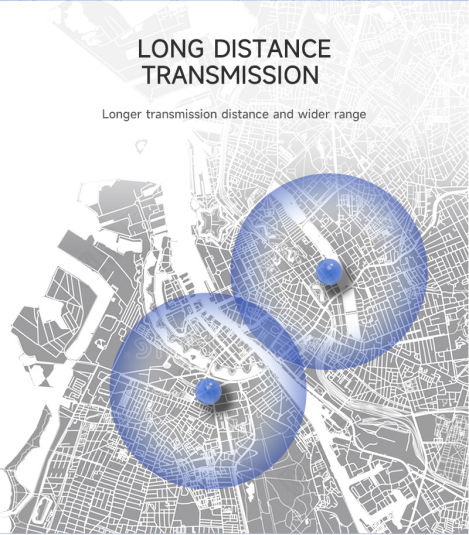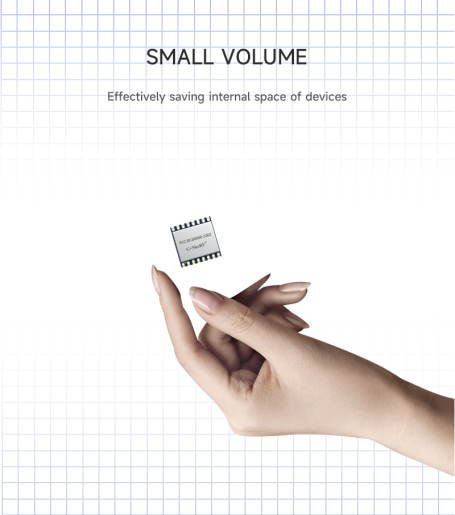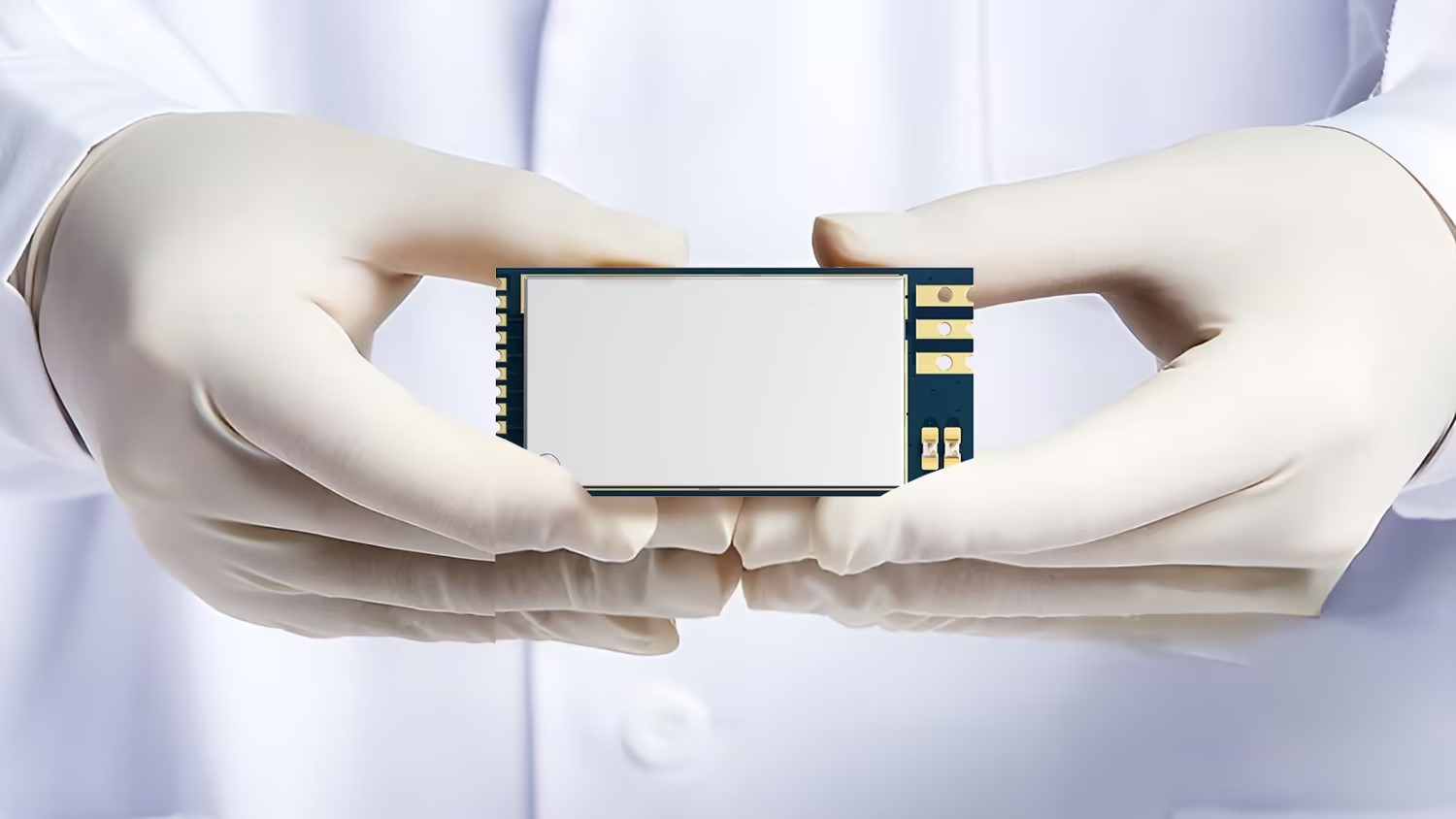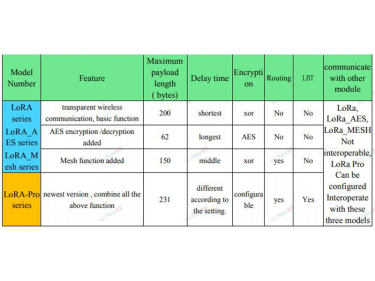「Gain Knowledge」How Much Do You Know about LoRa Spread Spectrum Technology?
LoRa (Long Range) is a low-power wide-area network (LPWAN) protocol based on spread spectrum technology, primarily used for long-distance wireless communication of Internet of Things (IoT) devices. LoRa technology employs spread spectrum modulation, achieving a good balance between low power consumption and long-distance transmission.
Spread spectrum technology is a technology that uses a spectrum much wider than the signal bandwidth to transmit information. In spread spectrum communication, the information data to be transmitted is modulated using pseudo-random coding, thereby spreading its spectrum before transmission. At the receiving end, the same coding is used for demodulation and correlation processing to recover the original information data. This is a broadband coding transmission system.
In the transmission link of spread spectrum communication, the information is first modulated using spread spectrum techniques and then transmitted through RF modulation methods. In the receiving link, after down-conversion, the spread spectrum despreading scheme is applied. This can be understood as adding spread spectrum modulation and spread spectrum despreading two modules to the existing RF path.
Spread spectrum modulation characteristics
Strong Anti-Interference Capability: Spread spectrum technology has a strong anti-interference capability, which can be divided into resistance to broadband interference and narrowband interference. Broadband interference can be understood as an interference signal with high background noise, while narrowband interference refers to pulse signals.
High Concealment: Spread spectrum signals have strong concealment. Due to the wide bandwidth and low power density of the spread spectrum signal, once the signal is spread, it is completely beneath the noise floor and cannot be detected through energy intensity.
Spread Spectrum Multiple Access: Spread spectrum multiple access technology allows multiple devices to communicate simultaneously within the same frequency band without interfering with each other. Different devices can use different spreading factors, and each device's signal is transmitted using different modulation methods.
High Spectrum Utilization: Spread spectrum technology has features of high spectrum utilization and large capacity, enabling long-distance communication at relatively low transmission power. This reduces the occupation of spectrum resources. Different spreading factors allow multiple devices to share the same frequency band, further enhancing spectrum utilization.
Accurate Positioning and Ranging: Spread spectrum technology enables precise timing, ranging, and positioning. UWB (Ultra-Wideband) technology utilizes this characteristic by transmitting ultra-short duration, ultra-wideband pulse signals to achieve accurate positioning.
Common spread spectrum systems are divided into direct sequence spread spectrum (DSSS), frequency hopping spread spectrum (FHSS) and time-hopping spread spectrum (THSS). Direct sequence spread spectrum can be further divided into broadband spread spectrum and narrowband spread spectrum. Frequency hopping spread spectrum can be classified into fast frequency hopping and slow frequency hopping. Broadband linear chirp spread spectrum and hybrid spread spectrum also fall under spread spectrum technology, combining characteristics of these three common spread spectrum techniques.
Features of NiceRF’s Front-End Modules and Wireless Data Transmission Modules Using LoRa Spread Spectrum Technology
Long Transmission Distance: With high reception sensitivity, these modules can achieve longer transmission distances.
Low Power Consumption & Low Cost: LoRa modules enable ultra-low power consumption even over long distances. Additionally, LoRa has a high capacity, allowing a single LoRa gateway to connect to thousands of LoRa nodes, significantly reducing module and wiring costs. This makes it widely adopted and applied over large areas.
High Sensitivity: LoRa's modulation technology performs unique spectrum widening processing on the signal. Under equivalent data rate conditions, its spread spectrum modulation achieves higher sensitivity compared to traditional FSK modulation. The increased reception sensitivity makes it suitable for long-distance transmission and scenarios requiring high reliability.
High Security: LoRa modules use embedded point-to-point AES-128 data encryption technology, ensuring the security of data transmission.
Strong Anti-Interference Capability: LoRa wireless technology is a special type of spread spectrum technology. By using a high spreading factor, it can transmit small capacity data across a wide radio spectrum. Even when signals are sent to the host using the same frequency simultaneously, they do not interfere with each other, providing strong anti-interference capabilities.
Low Data Rate: LoRa has a relatively low data rate, typically ranging from a few hundred to several tens of Kbps. The lower the data rate, the longer the transmission distance. This makes it more suitable for applications that require low-speed or small data transmission.
Due to its ultra-long transmission distance and low power consumption characteristics, LoRa technology has broad application prospects in the field of the Internet of Things (IoT). For example, in smart cities, LoRa can be used in smart lighting, smart parking, and smart security systems to achieve efficient urban management. In the agricultural sector, LoRa can be applied to soil monitoring, weather monitoring, and aquaculture, enhancing agricultural productivity. Additionally, in logistics and supply chain management, LoRa technology can be used for item tracking and warehouse management, improving logistics efficiency and accuracy.
 +86-755-23080616
+86-755-23080616
 sales@nicerf.com
sales@nicerf.com
Website: https://www.nicerf.com/
Address: 309-314, 3/F, Bldg A, Hongdu business building, Zone 43, Baoan Dist, Shenzhen, China






